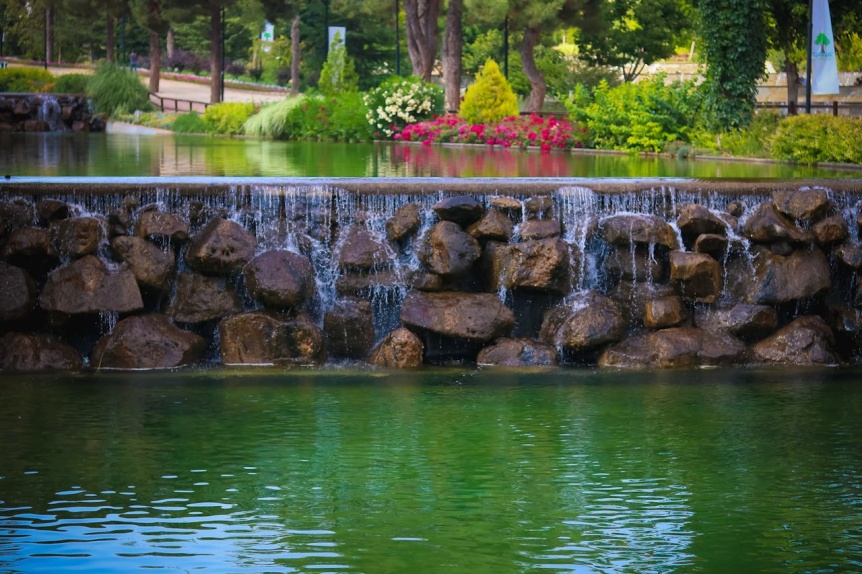Retaining walls is essential for landscaping and property improvement, offering functional and aesthetic benefits. Whether you’re looking to prevent soil erosion, enhance your garden’s appeal, or increase your property’s value, retaining walls can be an excellent solution. This article explores the benefits of retaining walls, their purpose, and why you should consider them for your property.
What is a Retaining Wall?

A retaining wall is a rigid structure designed to hold or support soil behind it. Typically constructed from materials like concrete, stone, or timber, retaining walls counteract the natural slope of the ground, providing stability and preventing soil erosion. Retaining walls in Sydney often utilise these structures to create level areas in sloped landscapes, making the space more usable and aesthetically pleasing. Additionally, they serve a crucial role in managing water drainage and preventing landslides in areas prone to heavy rainfall or unstable soil conditions.
Retaining walls come in various types, each suited for different applications. For example, gravity walls rely on their weight to hold back soil, while cantilever walls use reinforced concrete to provide additional support. There are also sheet piling walls, thin walls driven deep into the ground, and anchored walls, which use cables or other stays anchored in the rock or soil behind the wall. The choice of retaining wall type depends on factors such as the height of the wall, the kind of soil, and the specific landscape design.
Purpose of Retaining Walls
The primary purpose of retaining walls is to manage the natural flow and movement of the earth. They are crucial in steep gradients, where soil movement can risk structures and landscapes. Retaining wall specialists recommend these walls to protect properties from potential damage caused by soil erosion and landslides. Additionally, they can be used to create terraced gardens, add depth to flat landscapes, and serve as a structural element in landscape design.
Beyond their structural purposes, retaining walls also play a significant role in landscape architecture. They can create beautiful garden beds, seating areas, and outdoor living spaces. By incorporating steps, lighting, and water features, retaining walls can transform a simple yard into an elegant and functional outdoor area. Moreover, they can be designed to blend seamlessly with the natural surroundings, using materials and finishes that complement the existing landscape.
What Are The Main Benefits Of Installing Retaining Walls?

Erosion Control
One of the main benefits of installing retaining walls is erosion control. These walls act as a barrier, holding back soil and preventing it from washing away during heavy rains. By stabilising the soil, retaining walls help maintain the integrity of your landscape, protecting your plants and property from erosion damage. This is particularly important in areas like Sydney, where rainfall can be unpredictable and heavy. Effective erosion control not only preserves the beauty of your garden but also prevents the loss of valuable topsoil, which is essential for healthy plant growth.
Property Value
Retaining walls not only provide functional benefits but also enhance the aesthetic appeal of your property. Well-designed and professionally installed retaining walls can add a sophisticated look to your landscape, making it more attractive to potential buyers. As a result, properties with well-maintained retaining walls can see an increase in market value, offering a good return on investment. In addition to the immediate visual impact, retaining walls can create additional usable space, a highly desirable feature in urban areas where land is at a premium.
Enhanced Usability of Space
Retaining walls can transform sloped or uneven terrain into functional, flat areas. This increases the usability of your outdoor space, allowing you to create gardens, patios, and play areas that were previously impossible. A retaining wall landscaper can design and build walls that integrate seamlessly with your existing landscape, optimising the use of available space. By levelling the ground, retaining walls make it easier to install outdoor features such as swimming pools, driveways, and walkways, thereby enhancing the overall functionality of your property.
Aesthetic Appeal
Retaining walls can add a visually appealing element to your landscape design. They can be customised in various styles, colours, and textures to complement your property’s overall look. From natural stone finishes to sleek, modern concrete designs, retaining walls offer endless possibilities for enhancing your garden’s aesthetic. The choice of materials and design elements can reflect your taste and style, creating a unique and cohesive look that enhances the beauty of your outdoor space.
Structural Support
In addition to their aesthetic and functional benefits, retaining walls provide essential structural support for your property. They prevent soil movement that could undermine the foundations of nearby structures, such as homes, driveways, and patios. Staining walls protect your property from potential damage and costly repairs by ensuring soil stability. Furthermore, retaining walls can be engineered to withstand significant pressure from water and soil, providing long-term durability and safety.
Conclusion
Retaining walls offers many benefits, from preventing soil erosion to enhancing property value and usability. If you’re considering improving your landscape, retaining walls are a practical and aesthetically pleasing solution. For professional retaining wall installation and expert advice, contact Alex Paving & Landscaping. Our team of retaining wall specialists will help you design and build the perfect retaining walls for your property. Visit our website for more information on our services or contact us directly.
FAQs on Retaining Walls in Sydney

How do retaining walls help with erosion control?
Retaining walls help with erosion control by holding back soil and preventing it from washing away during heavy rains. They stabilise the soil, protecting your landscape and property from erosion damage.
Can retaining walls increase my property value?
Yes, retaining walls can increase your property value by enhancing your landscape’s aesthetic appeal and functionality. Well-maintained retaining walls make properties more attractive to potential buyers.
What materials are best for retaining walls?
The best materials for retaining walls depend on the project’s specific needs and desired look. Common materials include concrete, stone, timber, and brick. Concrete and stone are known for their durability, while timber offers a natural, rustic appeal.
How long do retaining walls typically last?
With proper construction and maintenance, retaining walls can last for decades. Concrete and stone walls can last over 50 years, while timber walls may need replacement after 20-30 years.
For more insights and ideas on landscaping, check out our blog on Best Retaining Wall Ideas for Erosion Control and explore other services like Landscaping Services and Paving Contractor Services.

